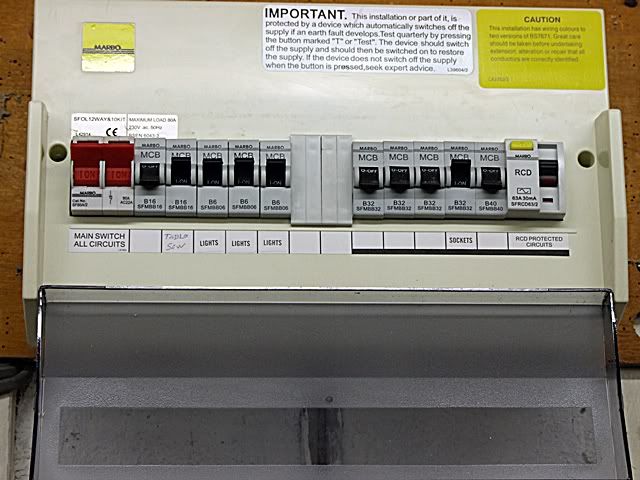stuartpaul
Established Member
So, - let me try and get this right.
Stoady thinks I'll be all right on a 13 amp plug.
9Fingers reckons a 16 amp socket on a 16 amp circuit
Startrite say stick a 16 amp socket on a 13 amp circuit.
Stoady says that what startrite have said is 'dangerous' (and illegal?). I also don't like the idea of doing that so that's out.
Clearly the 13 amp plug appeals and I'll be having a go at that as soon as I get my mits on a blade and can spin the whole lot up.
If that fails then a 16 amp socket/circuit or send the bloody saw back!
I'm still miffed that their advertising material didn't allude to the fact that 16 amp required otherwise I wouldn't have bought the saw!! A fact that so far Startrite have refused to acknowledge.
I'm going to bob around the mediterranean for a couple of weeks so will come back to this on my return.
Stoady thinks I'll be all right on a 13 amp plug.
9Fingers reckons a 16 amp socket on a 16 amp circuit
Startrite say stick a 16 amp socket on a 13 amp circuit.
Stoady says that what startrite have said is 'dangerous' (and illegal?). I also don't like the idea of doing that so that's out.
Clearly the 13 amp plug appeals and I'll be having a go at that as soon as I get my mits on a blade and can spin the whole lot up.
If that fails then a 16 amp socket/circuit or send the bloody saw back!
I'm still miffed that their advertising material didn't allude to the fact that 16 amp required otherwise I wouldn't have bought the saw!! A fact that so far Startrite have refused to acknowledge.
I'm going to bob around the mediterranean for a couple of weeks so will come back to this on my return.

































